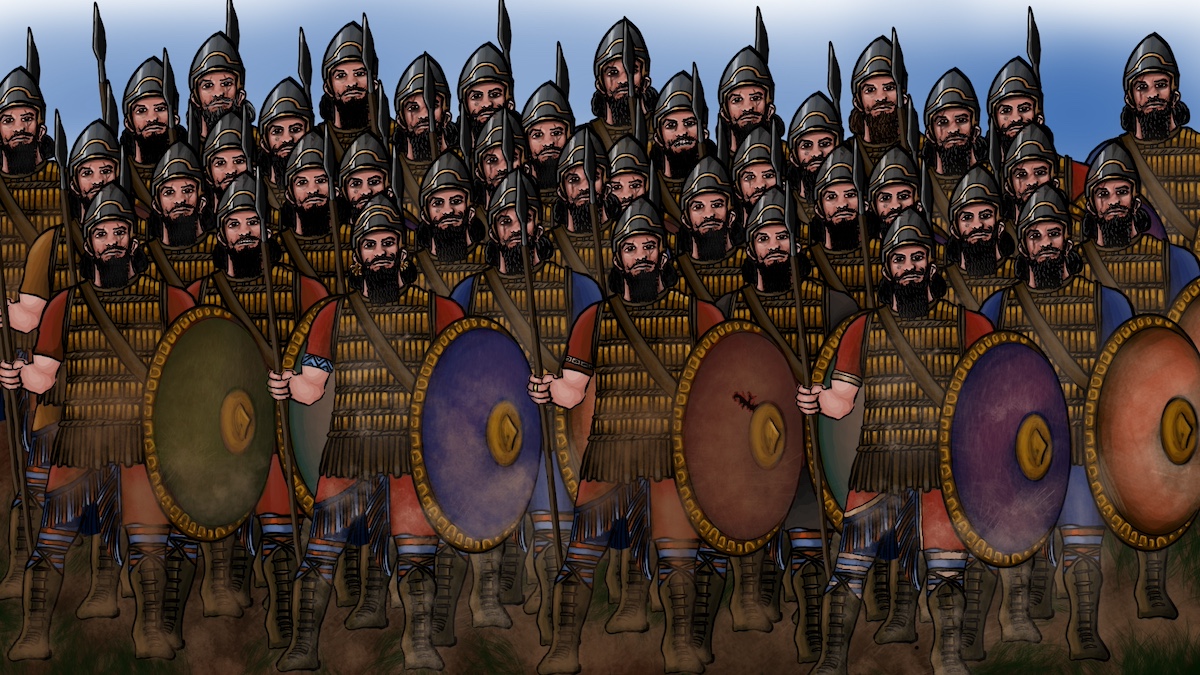In the annals of ancient warfare, the Assyrian chariot stands as a formidable symbol of military prowess, thundering across the battlefield with unmatched speed and power. These war machines played a crucial role in shaping the military strategies and successes of the Assyrian Empire, leaving an indelible mark on the pages of history.
At the heart of the Assyrian chariot was its design, meticulously crafted to maximize both speed and intimidation. Pulled by powerful horses, these chariots featured lightweight yet sturdy construction, allowing for swift maneuvers on the battlefield. The distinctive thunderous sound of hooves and wheels striking the earth echoed the might of the Assyrian army as it advanced, striking fear into the hearts of their adversaries.
The Assyrian chariot's primary function was mobility and shock tactics. Armed with a skilled charioteer and often accompanied by an archer or a spearman, these war machines could swiftly navigate the tumultuous terrain of ancient battlefields, outflanking and overwhelming enemy forces. The mere sight of a charging Assyrian chariot unit was often enough to sow panic among opposing ranks.
Key to the success of the Assyrian chariot was the effective use of tactics. The nimble nature of these vehicles allowed for strategic strikes and rapid retreats, disrupting enemy formations and creating opportunities for infantry advancements. The chariots became a vital component in the Assyrian military doctrine, contributing to the empire's military dominance during its zenith.
Furthermore, the Assyrian military machine's meticulous organization and discipline ensured the effective deployment of chariot units in battle. Coordinated movements and well-trained charioteers enhanced the overall battlefield performance, showcasing the Assyrian Empire's military sophistication.
As a testament to their significance, depictions of Assyrian chariots adorn the walls of ancient palaces and temples, illustrating not only their military importance but also their symbolic value in conveying the might and authority of the empire. These artistic representations provide modern historians with valuable insights into the role and prominence of chariots in Assyrian warfare.
The Assyrian chariot emerged as a dynamic force on the ancient battlefield, embodying the speed, power, and tactical finesse of the Assyrian military machine. Its thunderous charge and strategic maneuvers played a pivotal role in the empire's military conquests, leaving an enduring legacy that resonates through the ages. The story of the Assyrian chariot is a testament to the ingenuity of ancient military engineering and the profound impact of technology on the outcomes of ancient conflicts.




